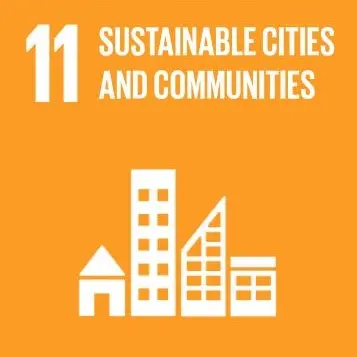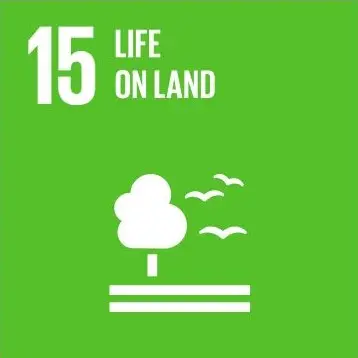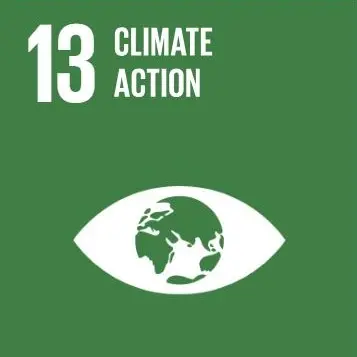Master Programme in GIS and Applied Geography 60 cr
Can anyone now a day´s imagine any mobile phone without maps and GPS? Over the past decade, GIS or geomatics industry has been steady growing all over the world. The geographic information and maps has become a need in our everyday business and life.
Credits
60 cr
Application code
HIG-19721
Application deadline
januari 15, 2024
Form of education
Distance learning
Language
English
Study time
september 2, 2024–juni 8, 2025
Prerequisites
A completed Bachelor's degree, corresponding to a Swedish Bachelor's degree (180 ECTS), or equivalent academic qualifications from an internationally recognised university.
Major in Geomatics (90 ects) or equivalent (e.g. geography or geology including GIS).
English language proficiency equivalent to (the Swedish upper secondary school) English course 6.
Selection
Higher education credit
Credits
60 cr
Application code
HIG-19723
Application deadline
januari 15, 2024
Form of education
Distance learning
Language
English
Study time
september 2, 2024–juni 8, 2025
Prerequisites
A completed Bachelor's degree, corresponding to a Swedish Bachelor's degree (180 ECTS), or equivalent academic qualifications from an internationally recognised university.
Major in Geomatics (90 ects) or equivalent (e.g. geography or geology including GIS).
English language proficiency equivalent to (the Swedish upper secondary school) English course 6.
Selection
Higher education credit
Credits
60 cr
Application code
HIG-19722
Application deadline
april 15, 2024
Form of education
Distance learning
Language
English
Study time
september 2, 2024–juni 8, 2025
Prerequisites
A completed Bachelor's degree, corresponding to a Swedish Bachelor's degree (180 ECTS), or equivalent academic qualifications from an internationally recognised university.
Major in Geomatics (90 ects) or equivalent (e.g. geography or geology including GIS).
English language proficiency equivalent to (the Swedish upper secondary school) English course 6.
Selection
Higher education credit
About the programme
The continuously growing issues in our environment and society pose challenges that affect us all. These issues include the increasing number, magnitude and intensity of natural hazard events (e.g., floods, landslides, heavy, rainfall, droughts, etc.) as effect of climate change; growing societal problems such as poverty, urbanisation, increasing crime rates and violence; and, the different environmental problems like pollution, species extinction, and water scarcity. These issues and events are often attributed to a particular geographic location, with specific characteristics. Addressing and managing these problems require geographic knowledge and approach to understand their complexities and how they affect nature and humans altogether. One of the continuously gaining valuable approaches is the application of Geographic Information System (GIS) to comprehend and answer geographic-related problems, not only in the field of geography, but also across different disciplines.
The past two decades have witnessed significant advances in geographic information systems and geographic information technologies (GIT), including remote sensing. GIS is an important part of the GIScience field, that has originally been considered as a tool and analysis method, mainly by geographers, to answer spatial related questions. However, over the years, GIS has also evolved to cover much more than the spatial analysis part, because of growing interests in the broader spectrum of GIScience. Currently, GIS is tightly knitted to geospatial data acquisition and usage, database management, spatial data infrastructure and data interoperability, cartography and geovisualisation, and application of remote sensing data and technologies, making it more valuable as ever. GIS has therefore established itself as an important, tool, method, and technology that can be used for answering complex problems in the environment and society, and to attaining viable solutions that can meet the different sustainability goals.
Structure of the programme
The Master programme in GIS and Applied Geography consists of nine courses (i.e., three basic and six advanced level courses) and one thesis project. The first three courses given at the basic level have two purposes. The first is to offer the opportunity for progression, wherein students with slightly different background are given the possibility to be introduced to basic education offered at the university, which are pre-requisites to the advanced level courses. The other purpose is to offer students the chance to gain broader knowledge in the subject’s disciplines. The six remaining courses at the advanced level mainly deal with more advanced GIS applications, as well as research preparation for the coming thesis project that culminates the studies.
Degree
Degree of Master (60 cr)
Be a part of the future´s technology
The future needs well trained students with knowledge in both geography and GIS. The Master programme in GIS and Applied Geography aims to help address challenges in the environment and the society. The preparation, production and analysis of spatial data, which are also important learning outcomes of the programmes, are crucial to achieve most of the 17 global development goals.
A growing job market
The job market is very promising, and the forecast says it will stay so the coming years. After finishing the programme, you can take career paths in private companies and government agencies that work with environment, city planning and disaster management. You can also have careers in universities within the geography, spatial and urban planning programmes.
The programme is offered to both Swedish and foreign students, and teaching is in English.
Although the programme is offered as a distance education, you can still take it as on-campus education, here in Gävle.
The programme and the UN sustainable development goals



Read more about the programme and the UN sustainable development goals
The Master Programme in GIS and Applied Geography aim to help address challenges in the environment and the society. The preparation and production of spatial data, which are also important learning outcomes of the programmes, are crucial to achieve most of the 17 global development goals.
In particular the programme connects to Sustainable Cities and Communities, Life on Land and Climate Action.
11 Sustainable Cities and Communities
Make cities and human settlements inclusive, safe, resilient and sustainable. In the different courses, societal planning and management problems are introduced and addressed through practical applications of geographical analyses and different GIS solutions. Examples of these are finding suitable planning and development project sites, analysing mobility, visualising scenarios, and identification of areas that are at risks of different hazards.
15 Climate Action
Protect, restore and promote sustainable usage of terrestrial ecosystems, sustainably manage forests, combat desertification, and halt and reverse land degradation and halt biodiversity loss.
Problem-solving skills related to the application of GIS and remote sensing techniques, as well as the usage of different geodata are taught and applied in the different courses to help understand, analyse, and manage spatial aspects of problems related to the environment and the ecosystem. Development of technical solutions, which employ GIS and/or remote sensing technique/s, to address environmental and conservation problems, is also an important part of students’ project works.
13 Life on Land
Conducting hazard, vulnerability and risks assessment, as well as modelling, are some of the integral aspects of courses in the programmes. With the high unpredictability of the magnitudes and impacts of floods, forest fires, hurricanes/typhoons, etc. associated with climate change, identification of the possible spatial extents and consequences of these hazards through modelling, mapping and visualisation constitute important knowledge that can help manage areas that are at risks of climate-induced disasters, and in mitigating risks.
This page was last updated 2024-04-21
